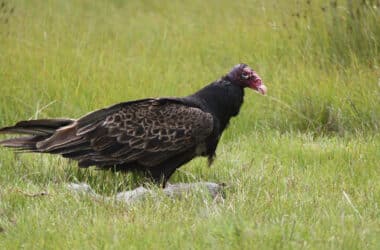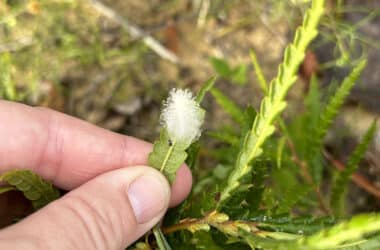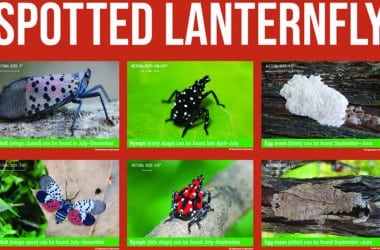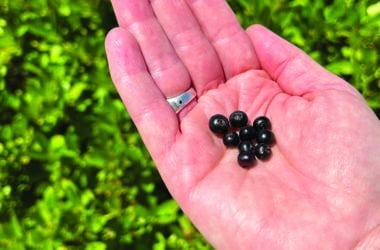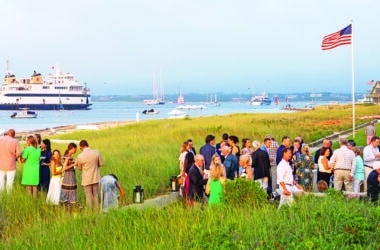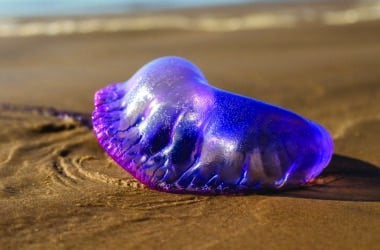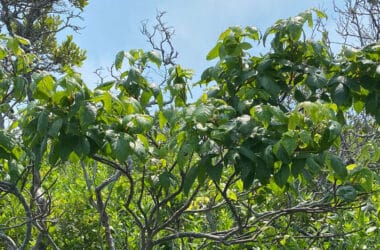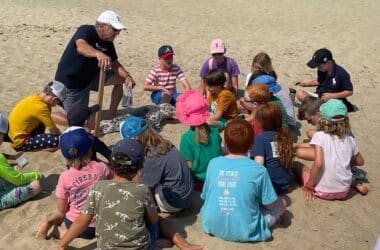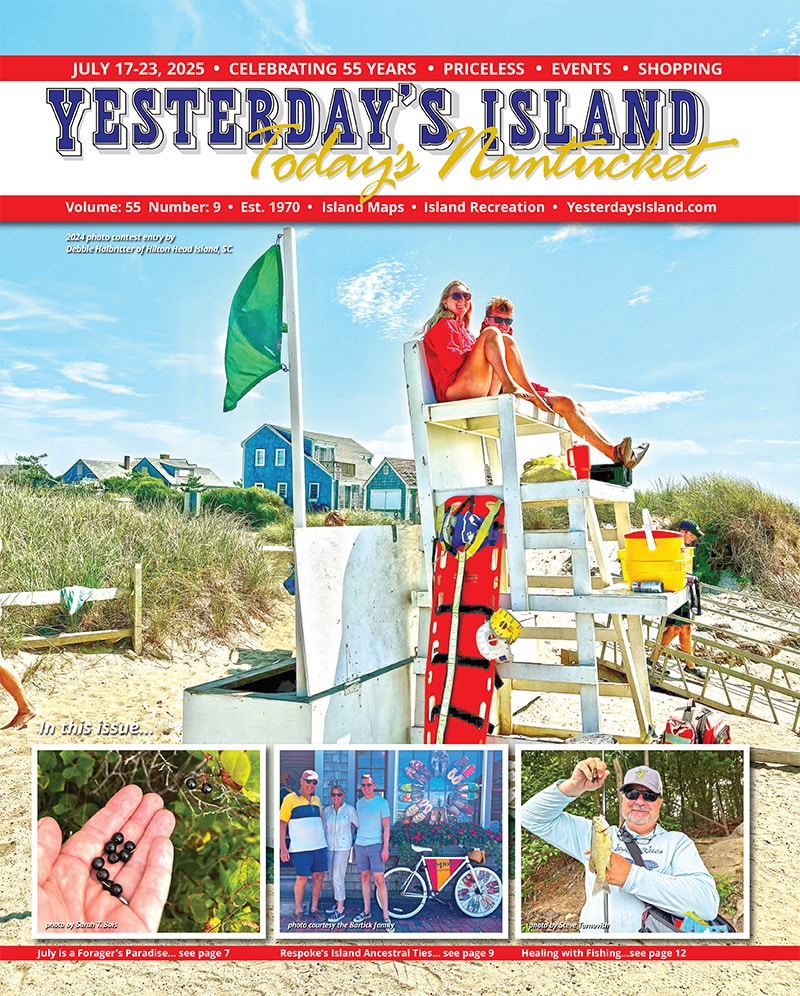Now that it is officially fall on Nantucket, we can start celebrating the “spooky season.” As I am writing this, fall has just begun. But autumn moves quickly on Nantucket. Throughout September we feel the “Second Summer” vibes. Early October can even have mild days. But then suddenly, the winds pick up, the rain falls, and decorative gourd season descends.
Island Science
It Takes a Village
September is Climate Change Awareness Month, a proclamation adopted by the Nantucket Select Board in 2020. But what does that mean for the island and our community? As an island, most of us are “aware” of climate change already. Discussions of storm surge, sea level rise, and erosion will get you a response at any island gathering place. Where the most vulnerable areas are is no longer a conversation just for the experts. Everyone has been affected by flooded roads, loss of beach access due to erosion, or boat cancellations due to frequent winter storms.
Cute and Fuzzy and Very Toxic
Back in 2005, when I was a field assistant with the Nantucket Conservation Foundation, I spent many days in the heathlands on my hands and knees recording vegetation—an integral part of our research. One early fall day, as I placed my hand on the ground, a severe pain generating from the palm of my hand pulsed up through my arm. Looking back at the spot where my hand had been I expected to see a shard of glass or a giant rose thorn. None of the above. I had just squished a puss moth caterpillar with my palm.
Spotted Lanternfly Found on Nantucket
by Dr. Sarah Treanor Bois, PhDDirector of Reseach & Education at the Linda Loring Nature Foundation Sometimes finding a new species on the island is a welcome site; a new bird to add to a life list or a plant long forgotten and rediscovered. This is not one of those […]
Covered in Glitter & Ready to Party
If you’ve ever seen the 1993 movie Tombstone, you’ve heard the iconic line, “I’m your huckleberry” that Doc Holiday says to Wyatt Earp. It’s a way of saying that he’s just the right person for the job. So, when it comes to eating wild huckleberries? Well, “I’m your…” you get the idea.
Dine and Dance under the Stars
Caravan to the shores of Polpis Harbor, where you’ll discover a field of tents set up for an evening of dining and dancing under the very stars that have guided the explorers before us. Partygoers will enjoy the beautiful colors of the evening sky as the sun sets, dancing to […]
They’re Here… Portuguese Man-o-War
Last weekend, the first Portuguese Man-o-War of the season were spotted off of Cisco and Ladies Beaches. By the time this article is printed, I expect there will have been more sightings.
Known for its vibrant blue and pink colors, Portuguese Man-o-War has a gasfilled bag on top with tentacles that can extend up to 30 feet in length. During the day, the Man-o-War tentacles coil up, and appear thicker and shorter, but when they fish for prey at night, the tentacles extend out further, difficult to avoid for a swimmer.
Leaves of Three, Let it Be
by Dr. Sarah Treanor Bois, PhDDirector of Research & Education at the Linda Loring Nature Foundation There is a children’s book of poetry called Love Poems for the Unloved by Diane Lang which highlights species in nature that are often given a bad rap. Some of the poems focus on […]
What If You See a Seal?
Have you noticed seals lying around on the beach? Do you know what to do if you see one? Are they ok? Should I pour water on him? Shoo him back into the ocean? Get up close and see if he’s breathing? Take a selfie with him because I can? None of the above! The answer is stay back 150 feet and call the Marine Mammal Alliance Nantucket Hotline (833-667-6626). Their trained volunteers will advise you, ask for observations and then send a teammate out to check.

